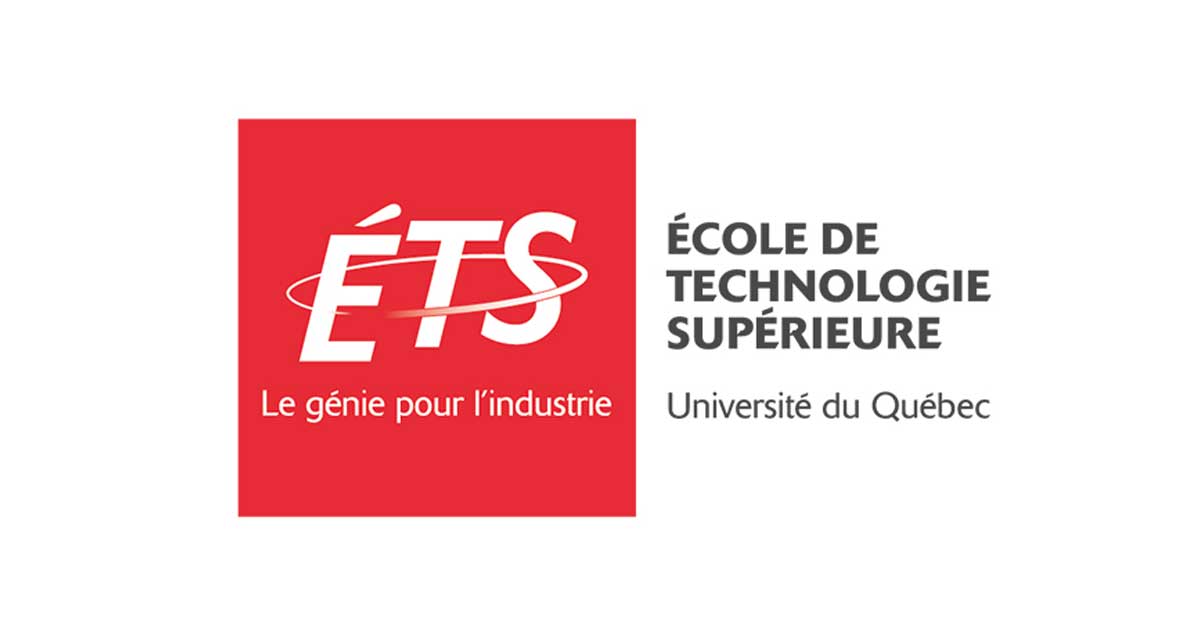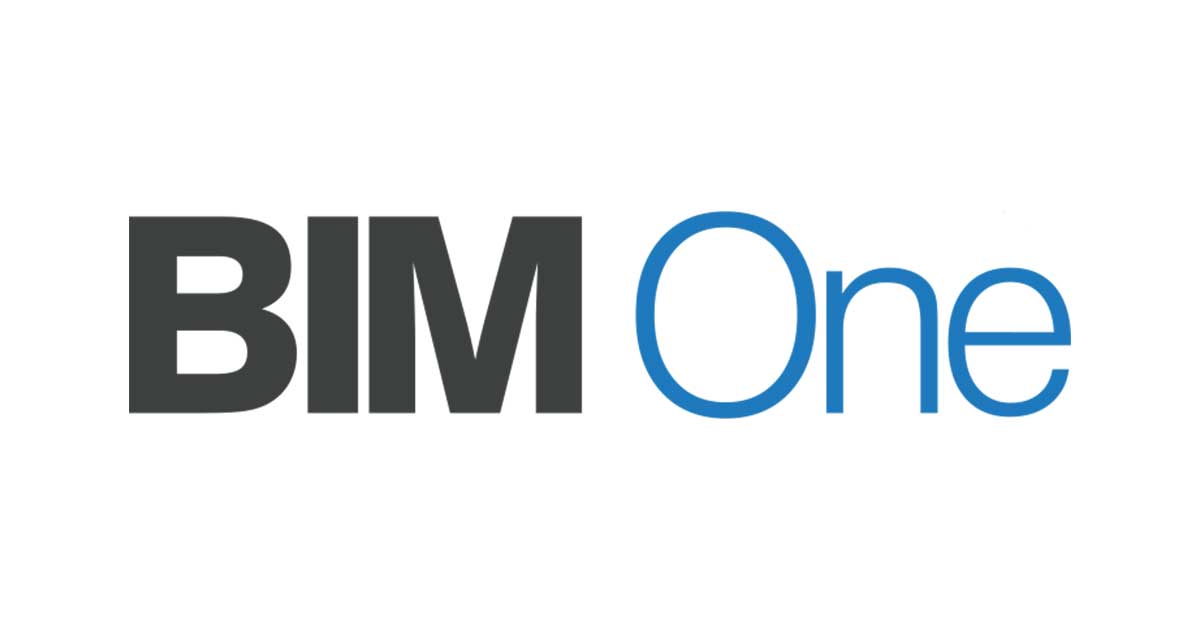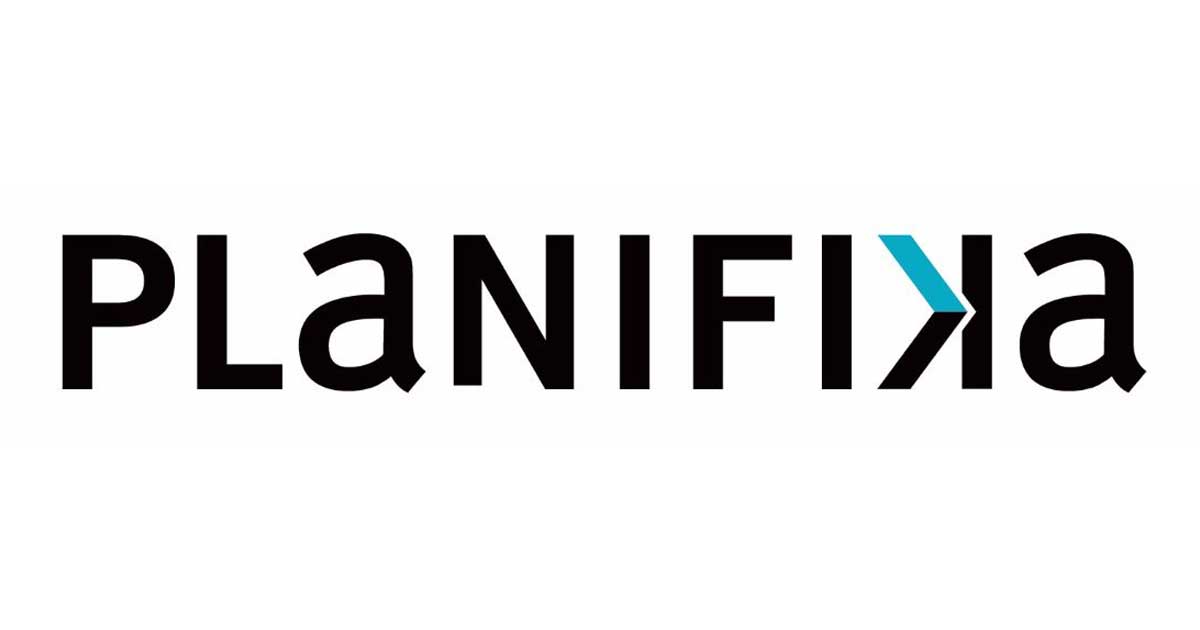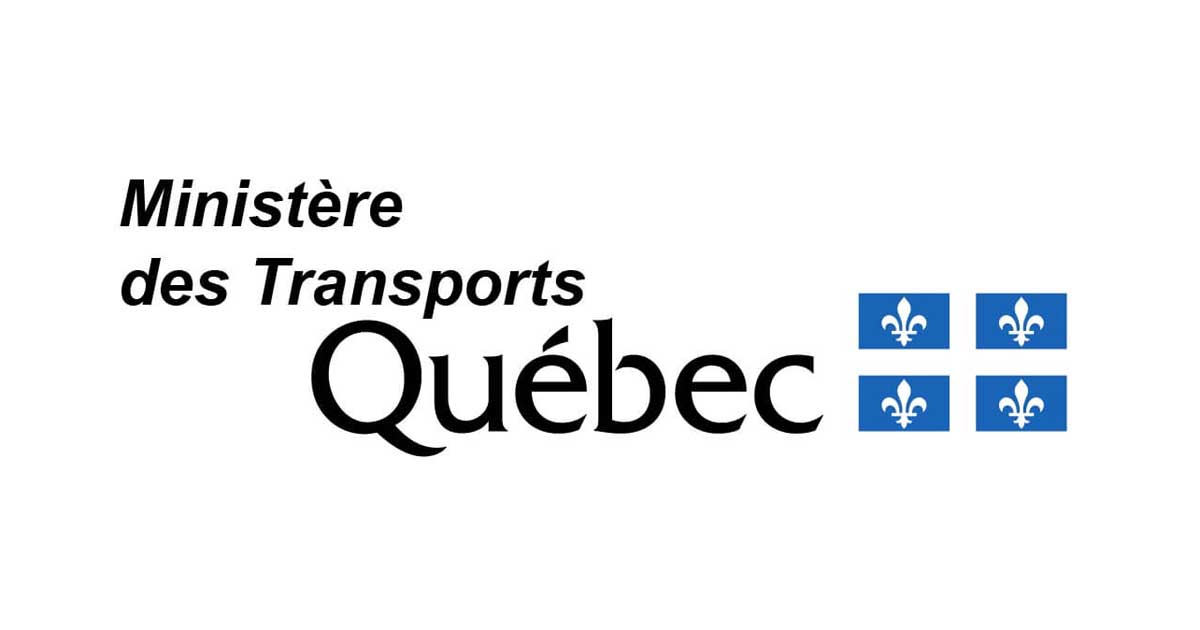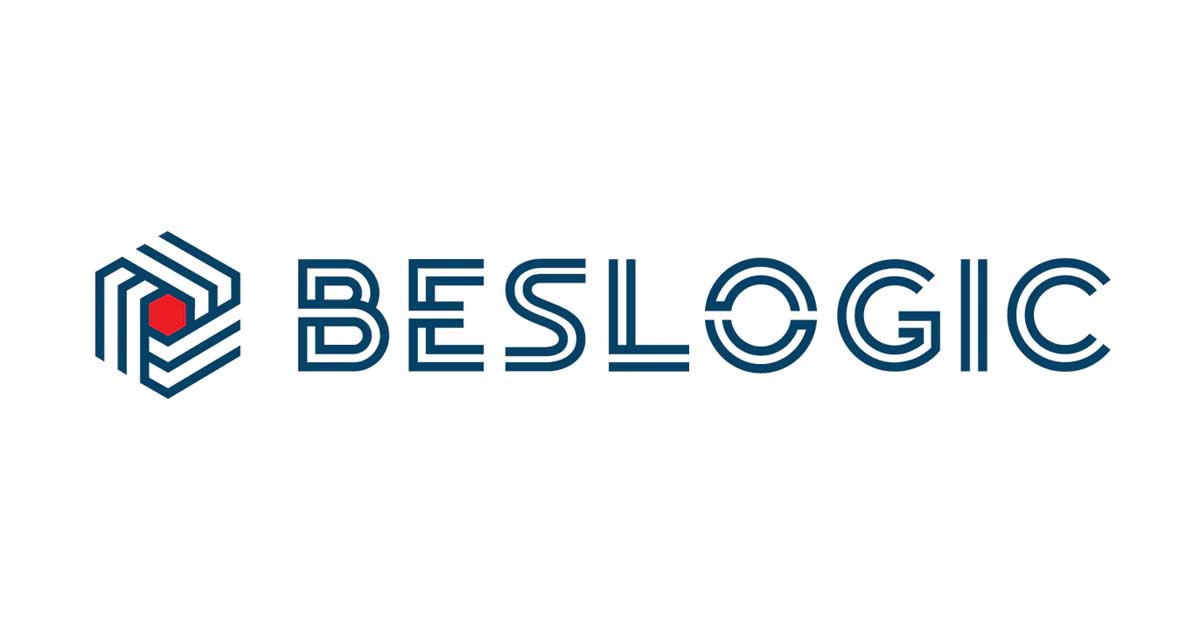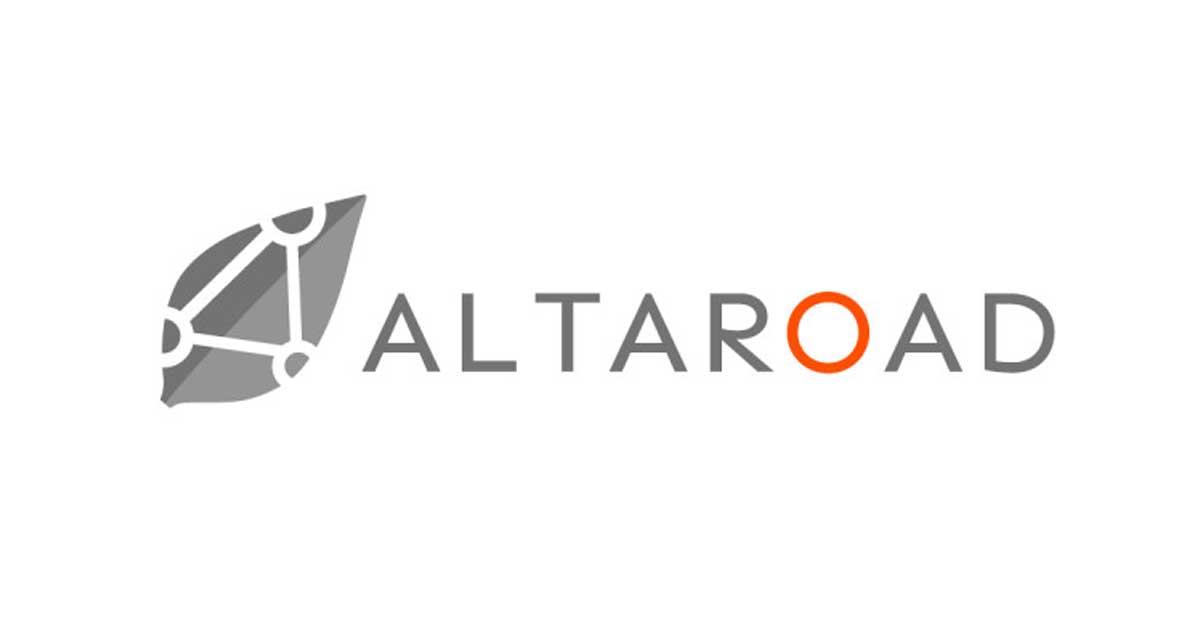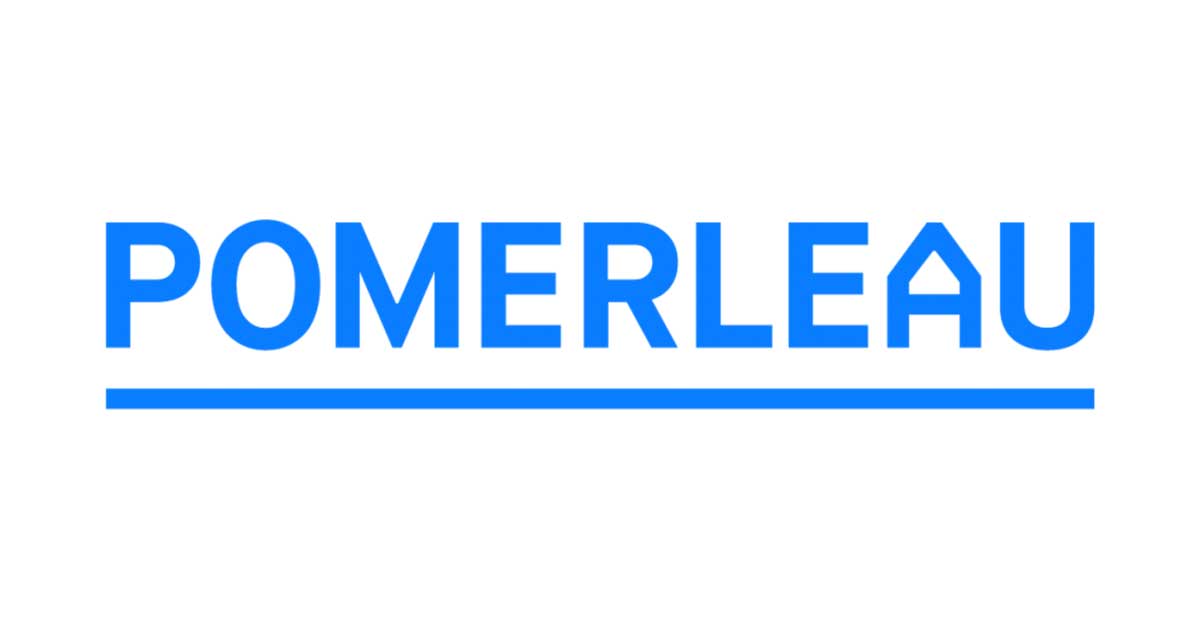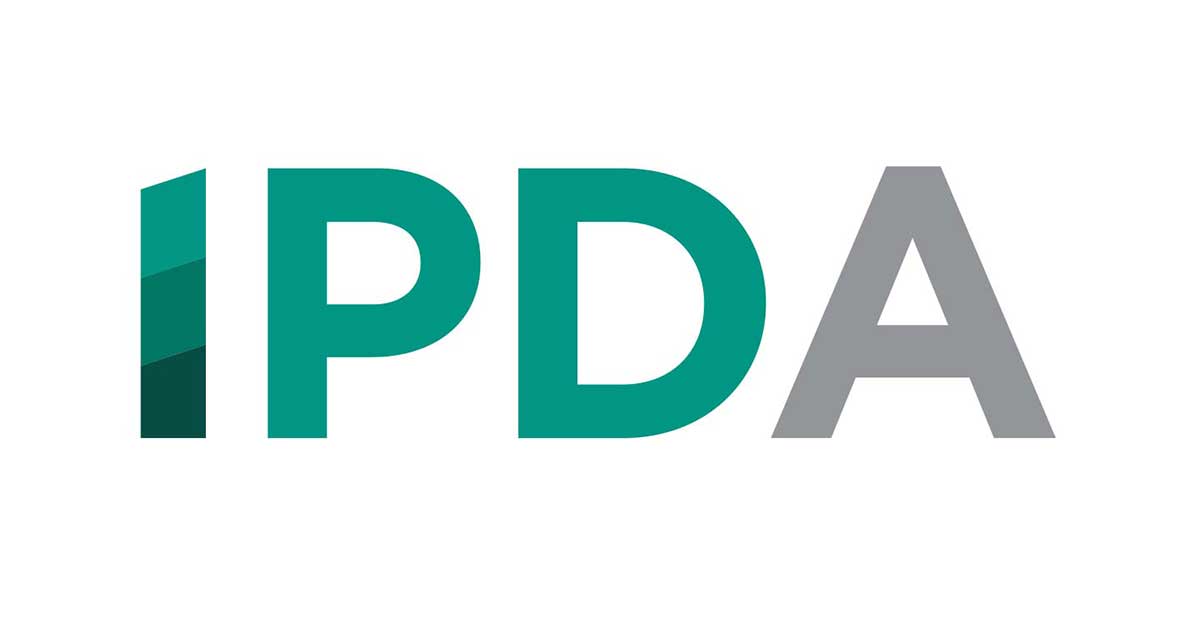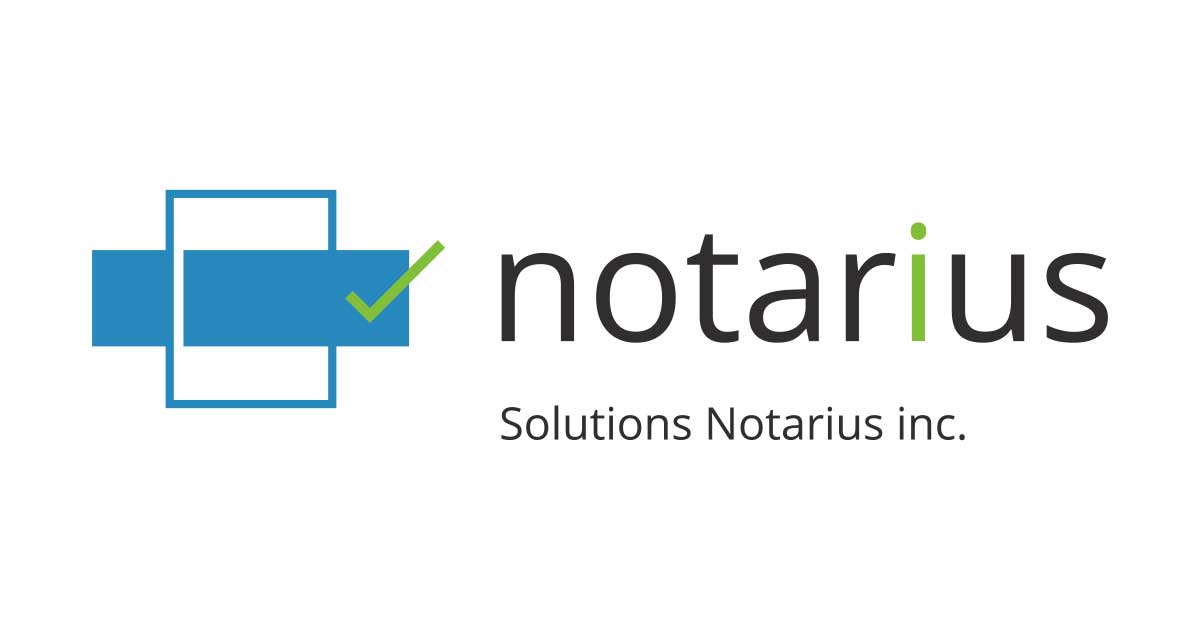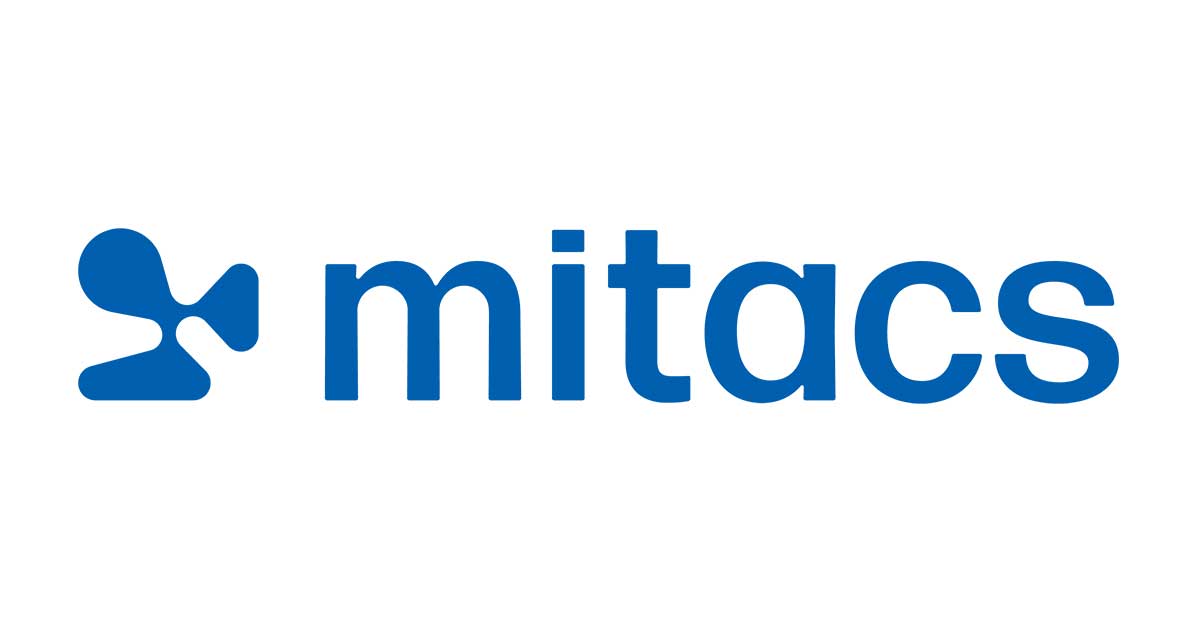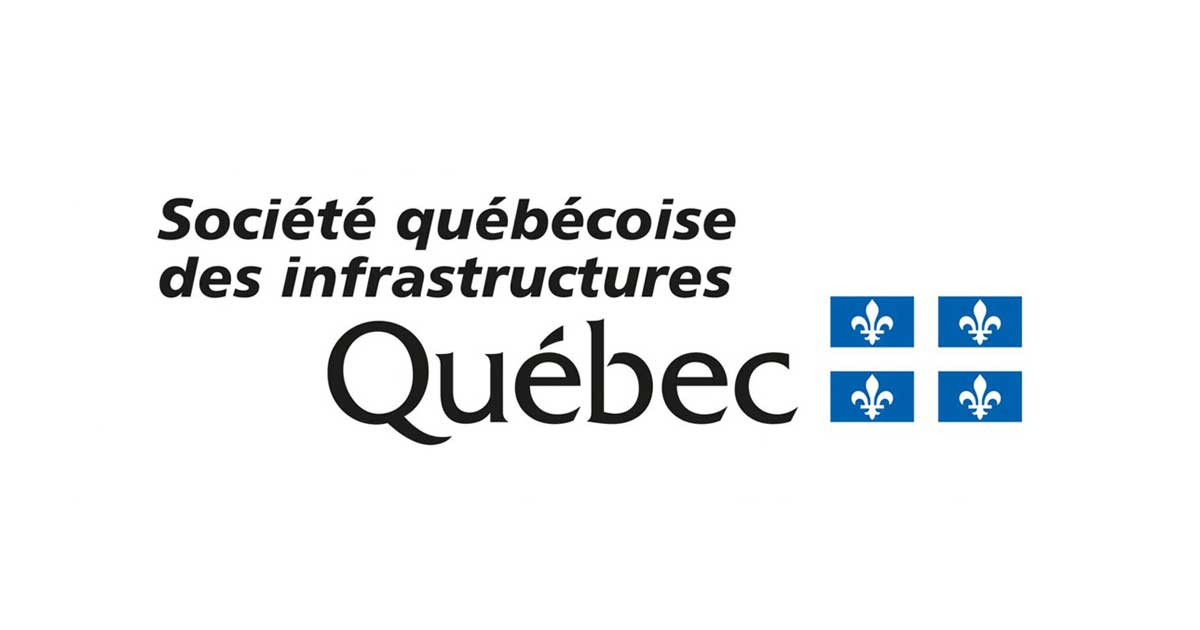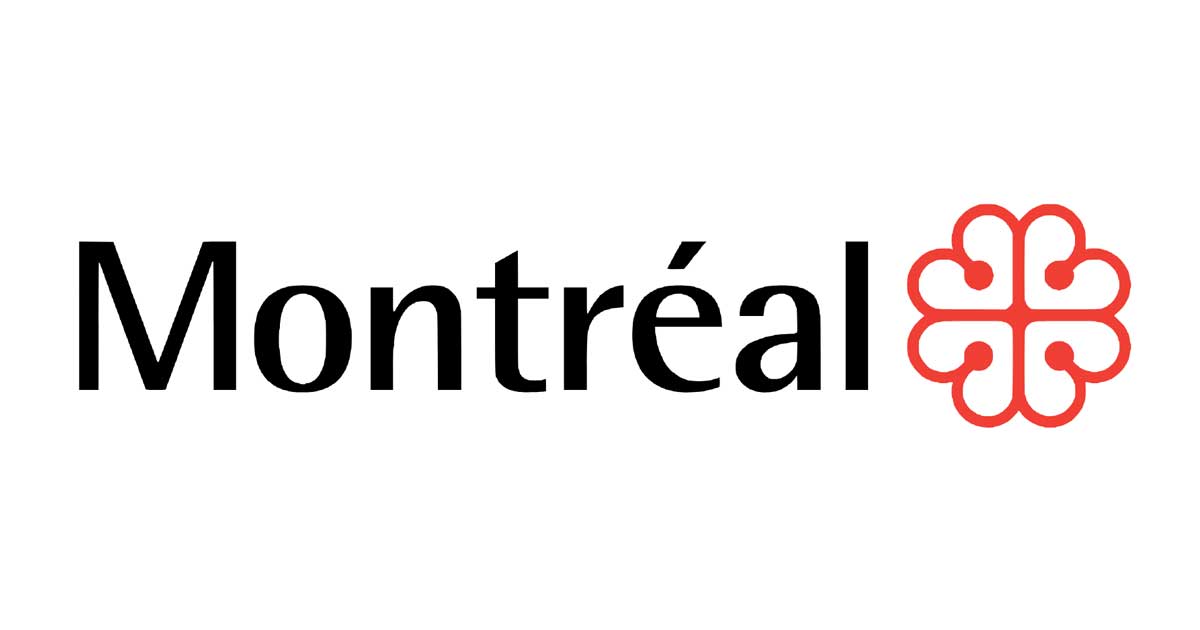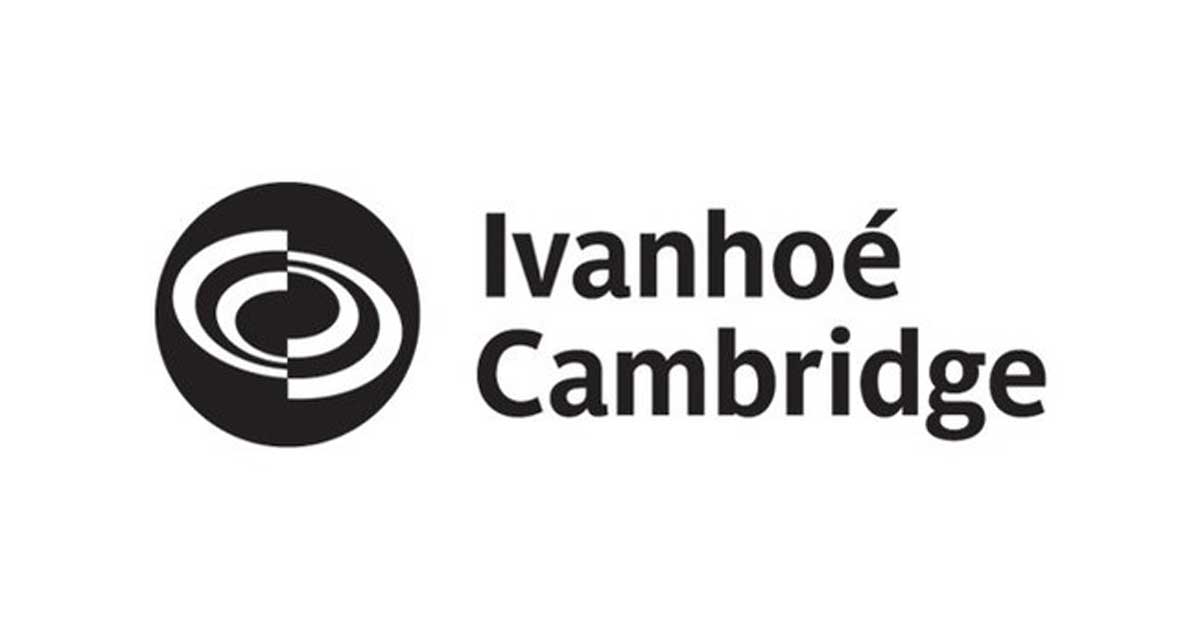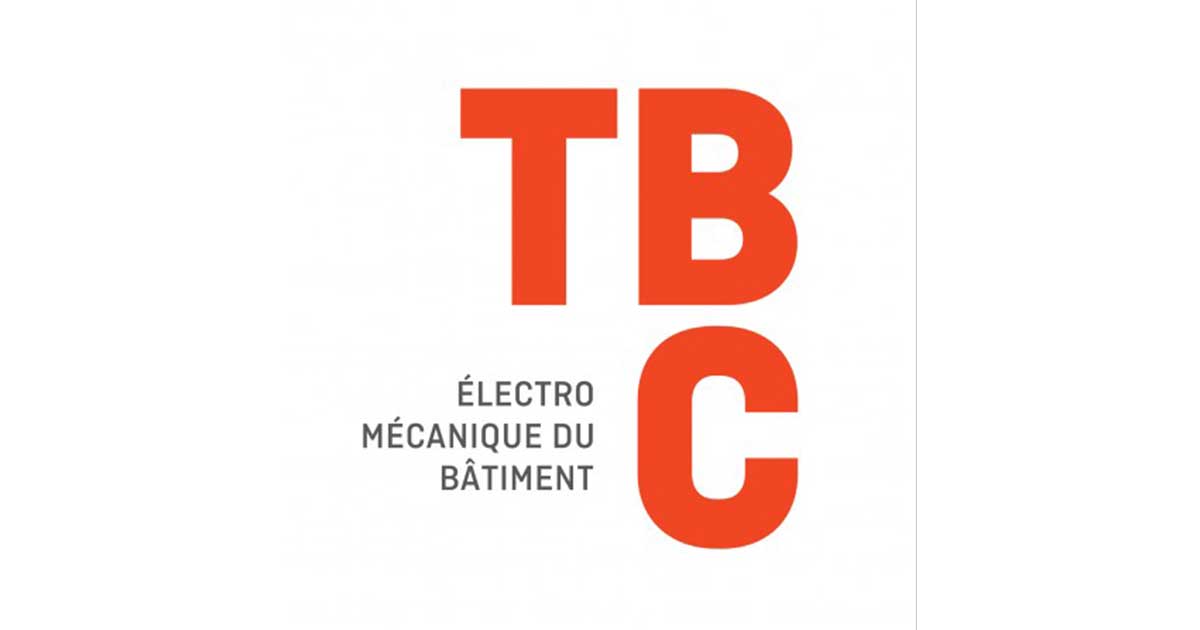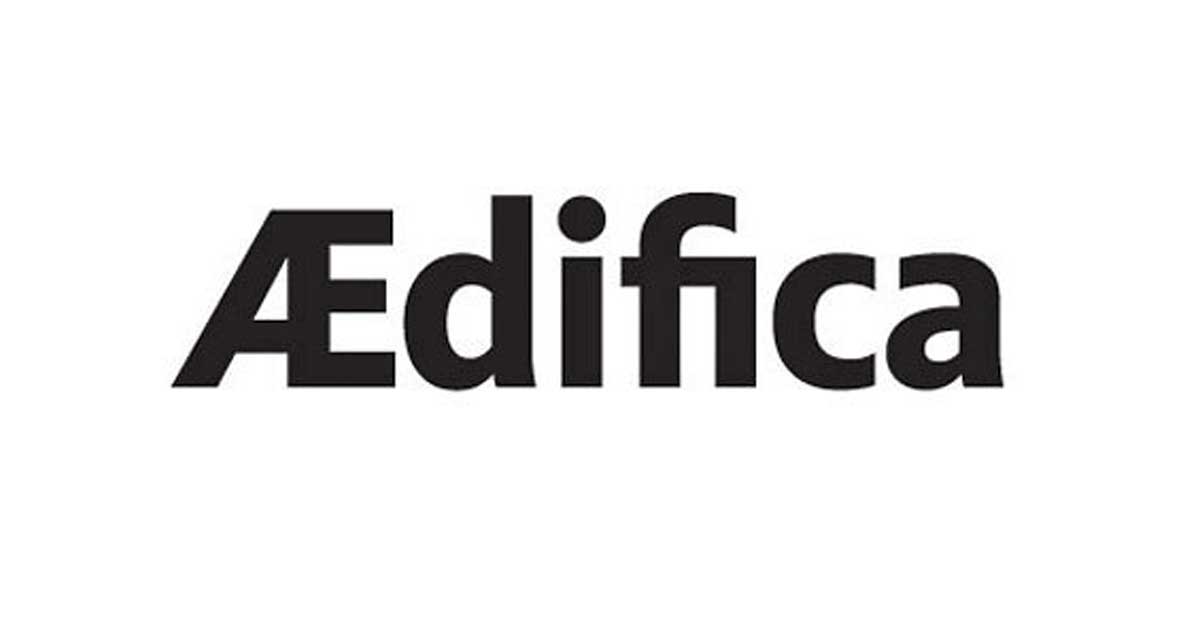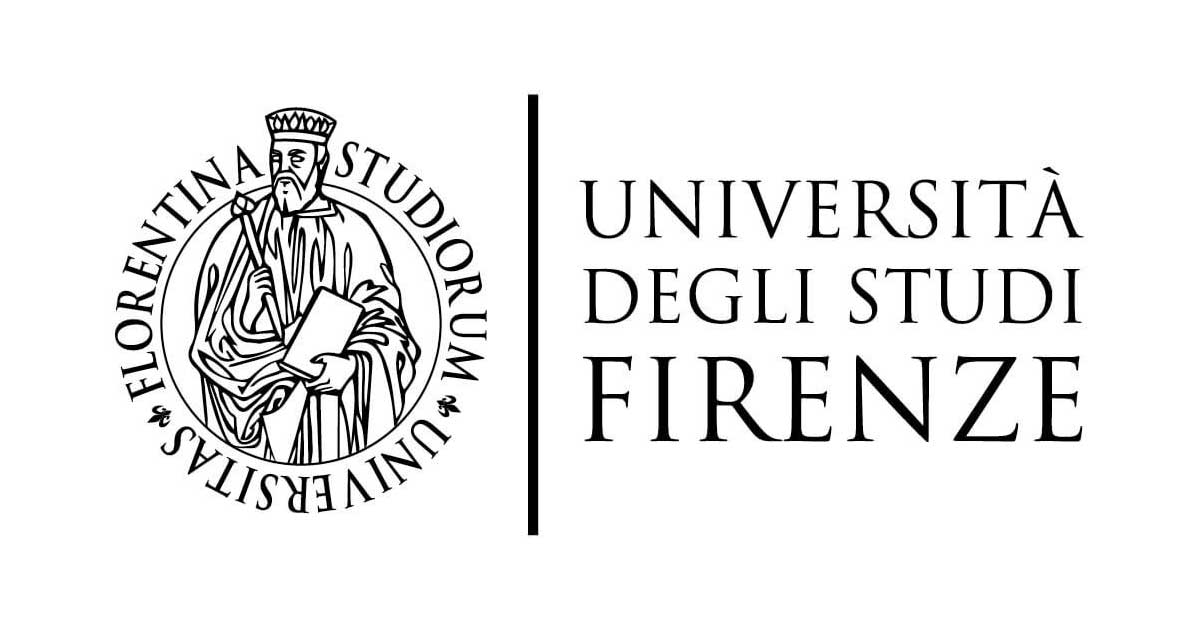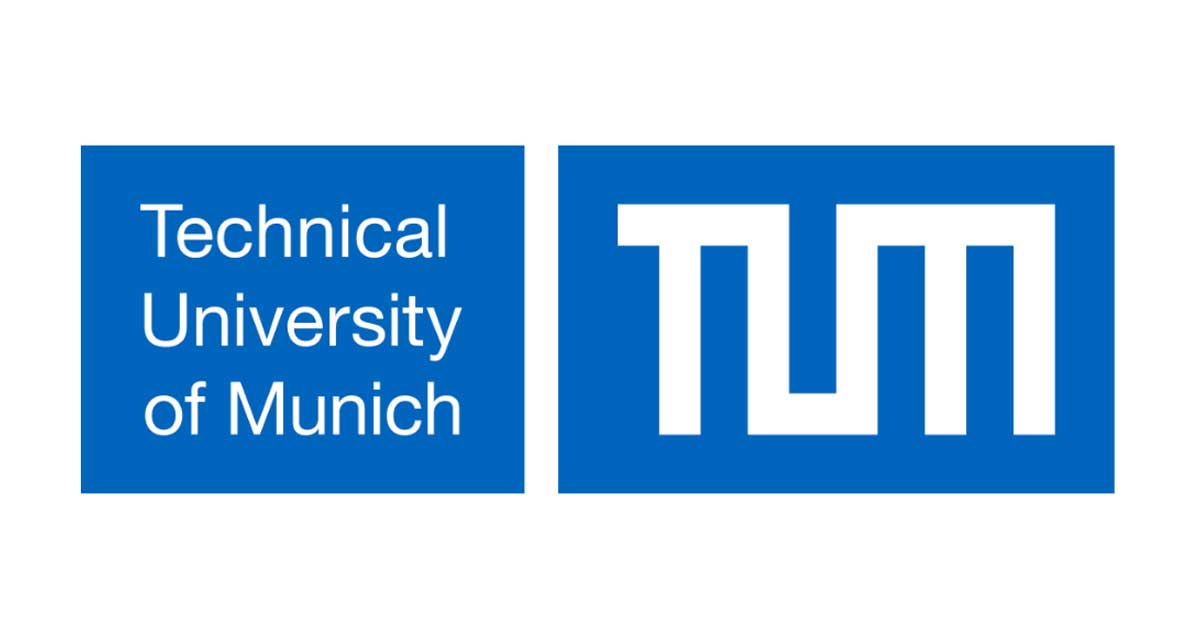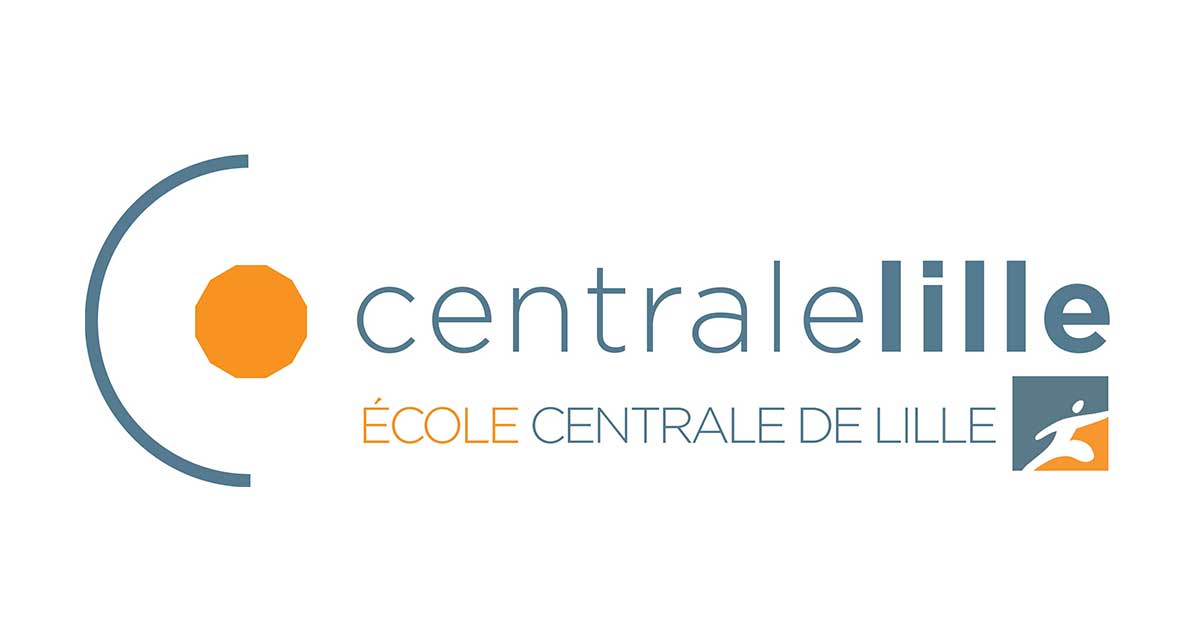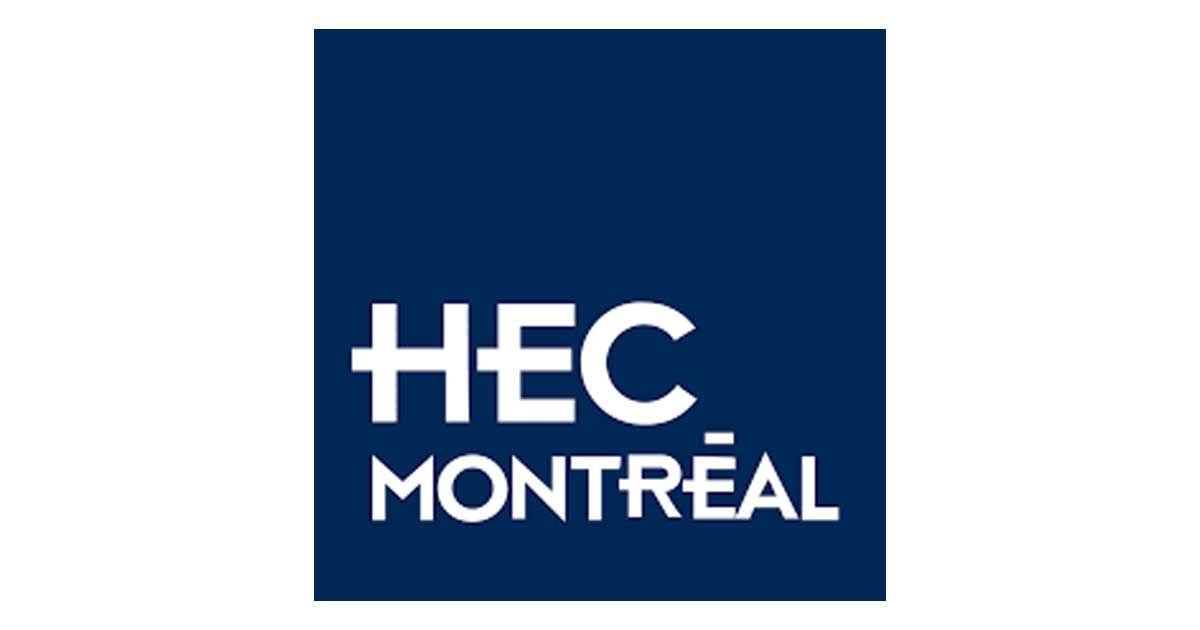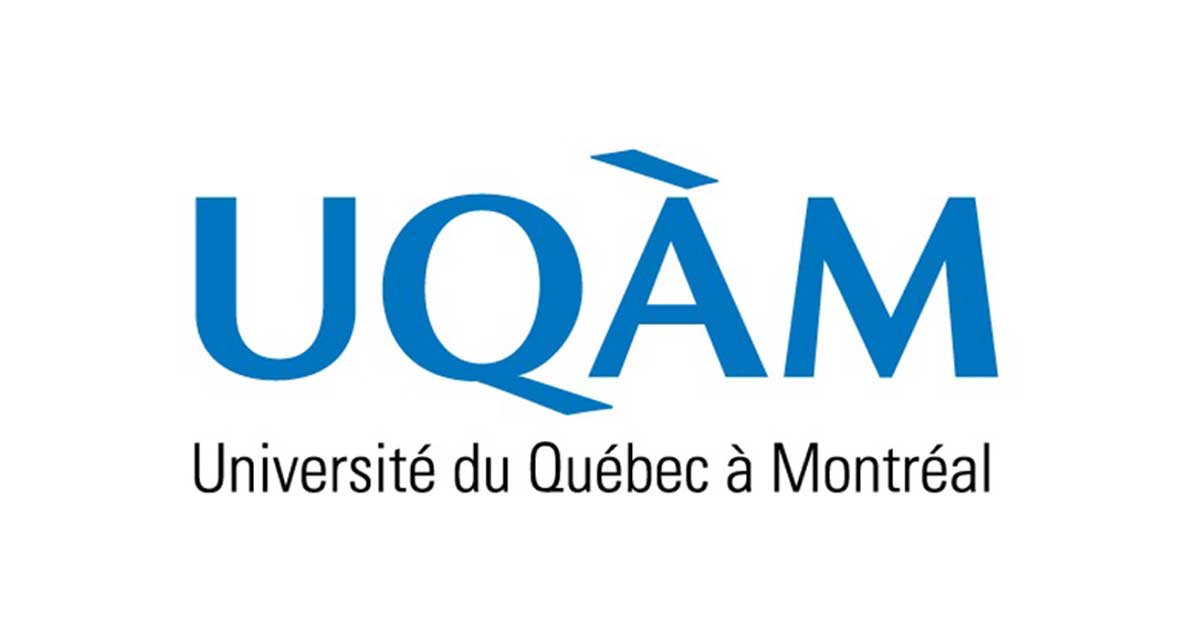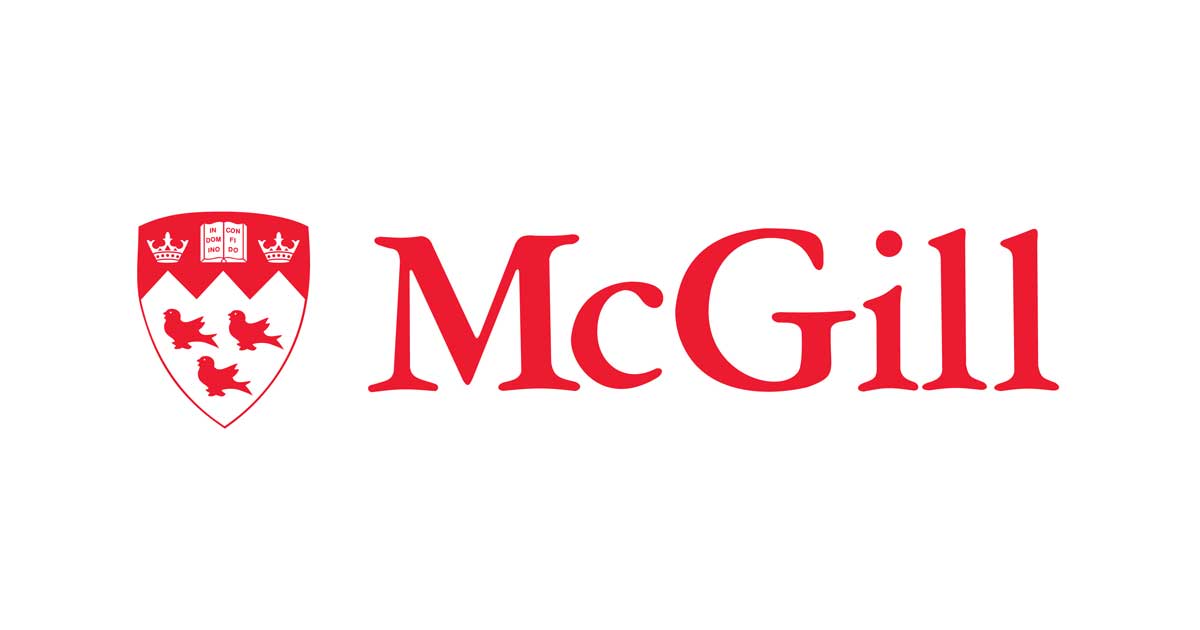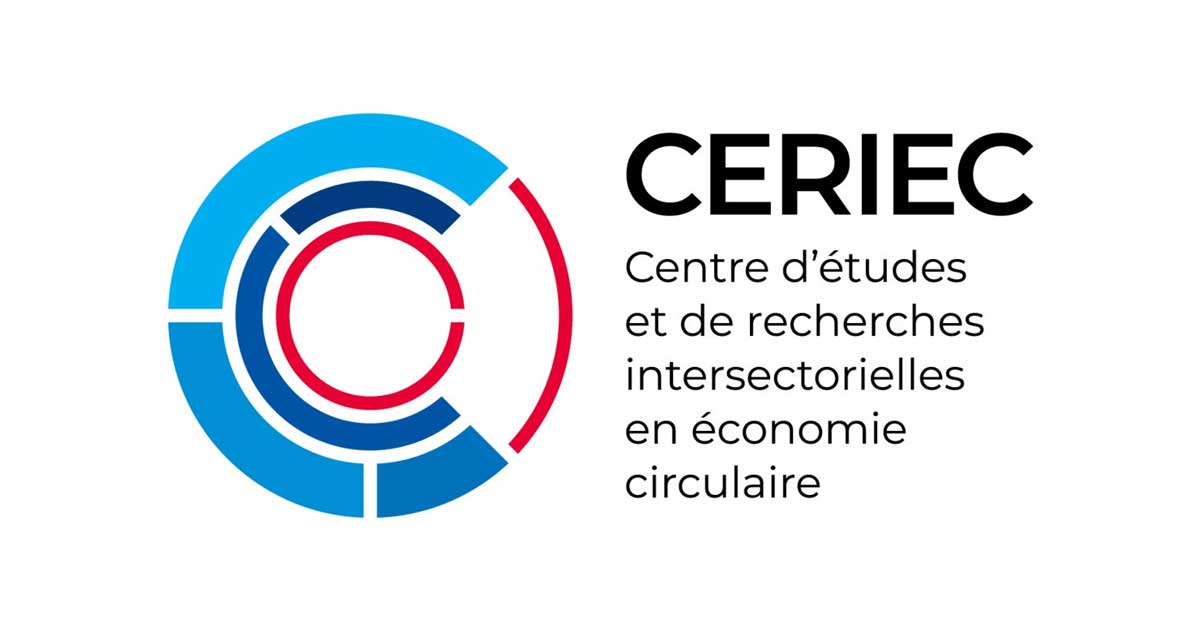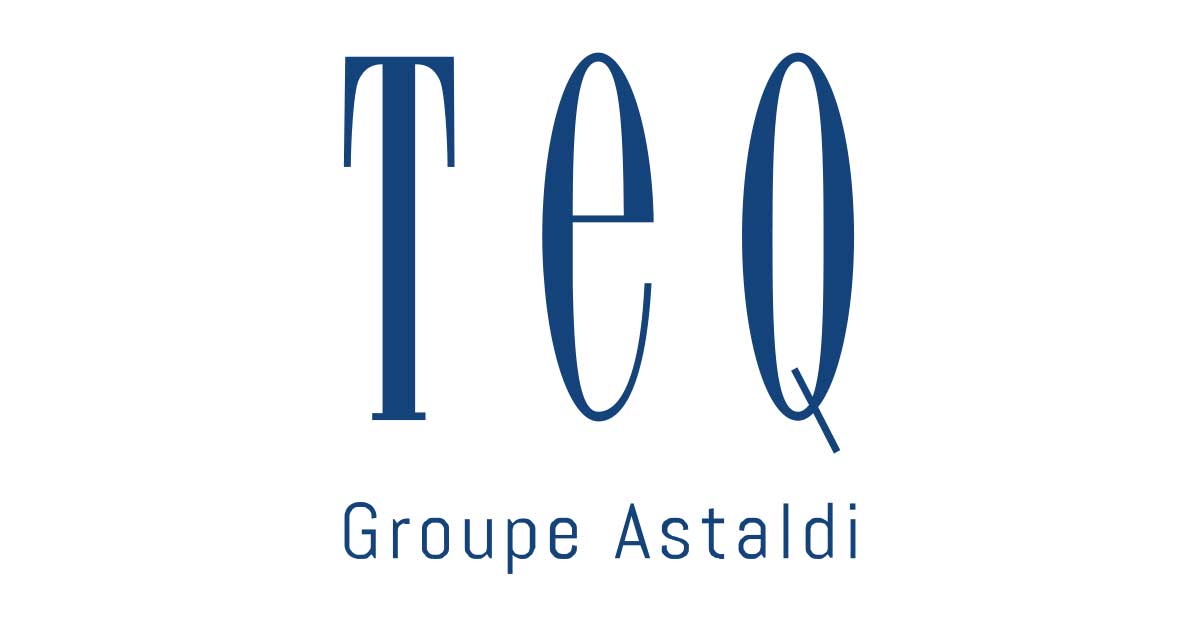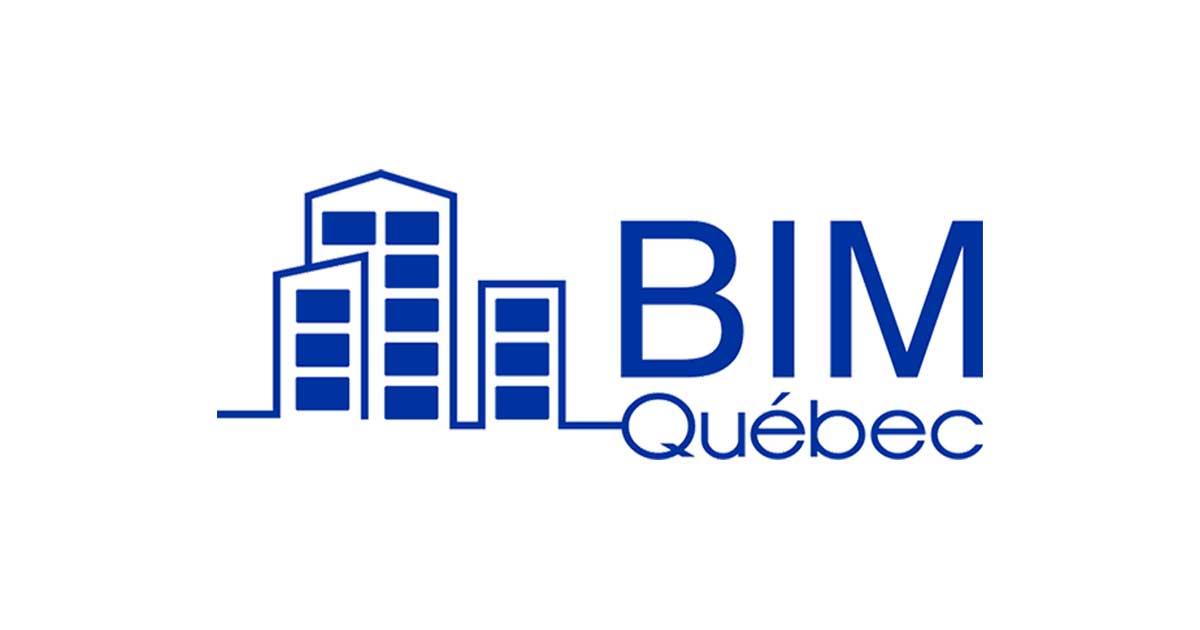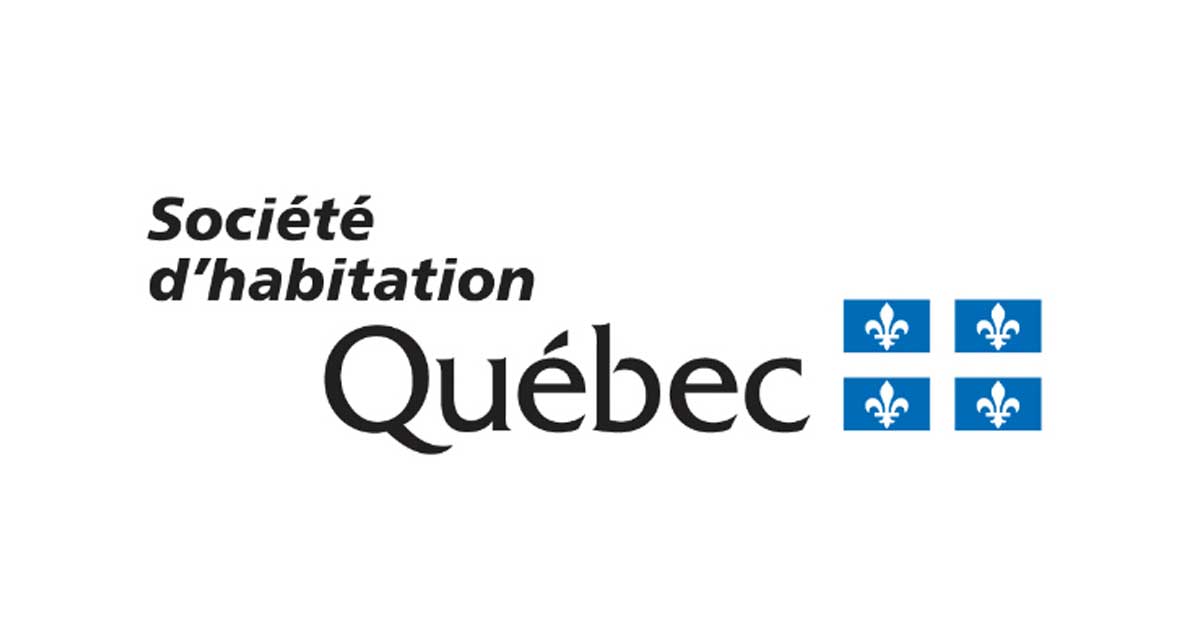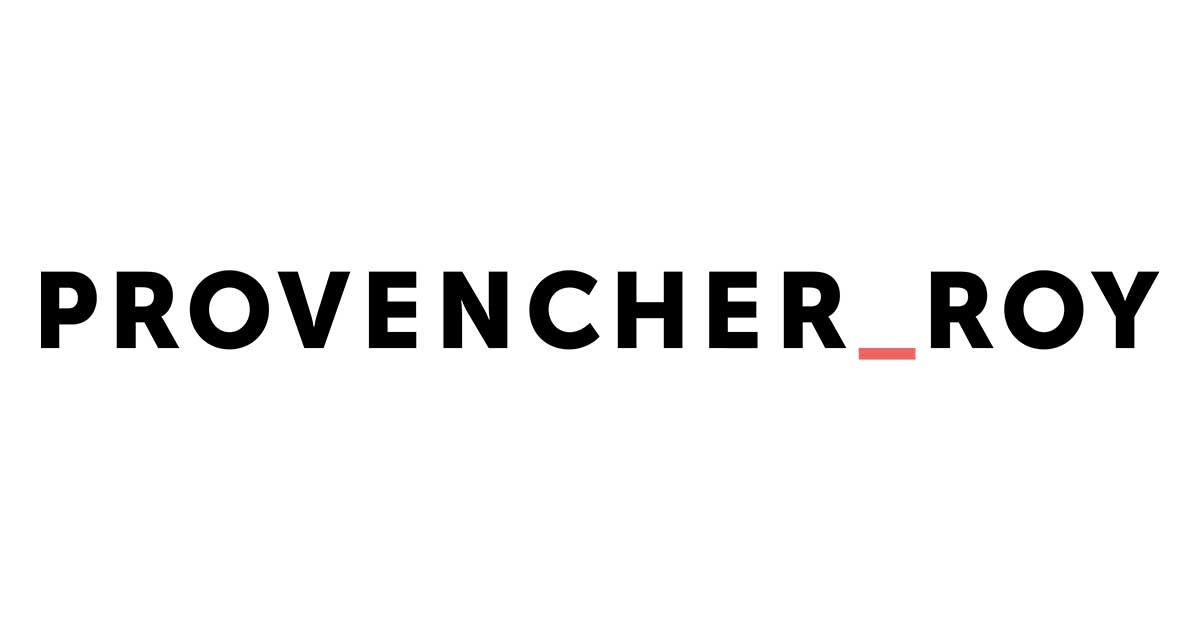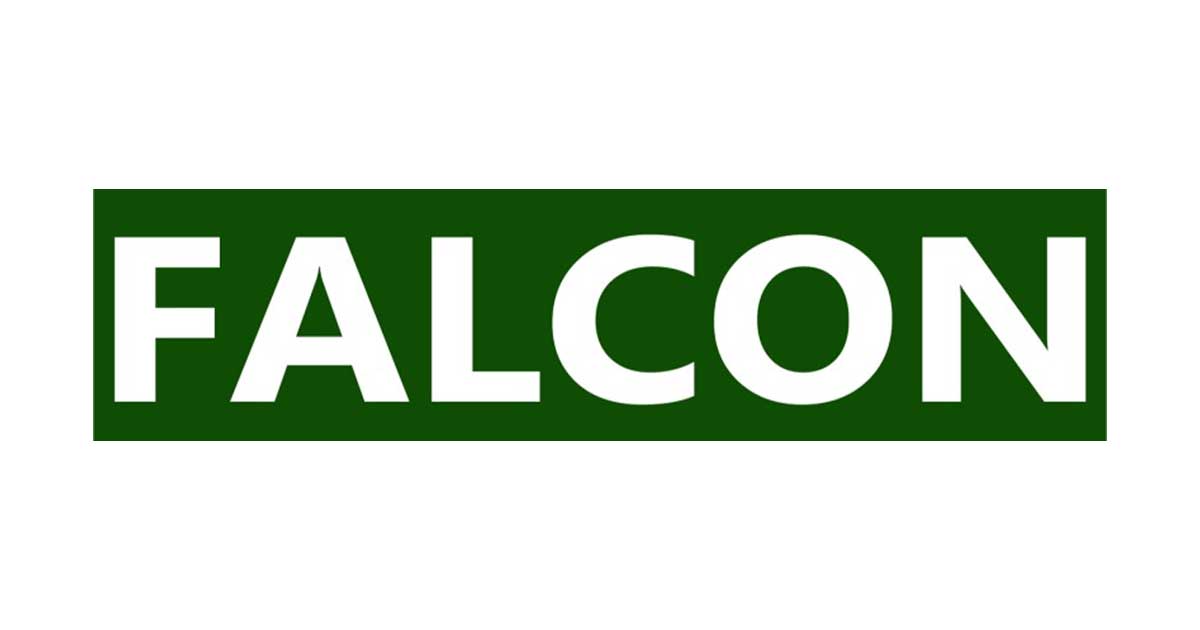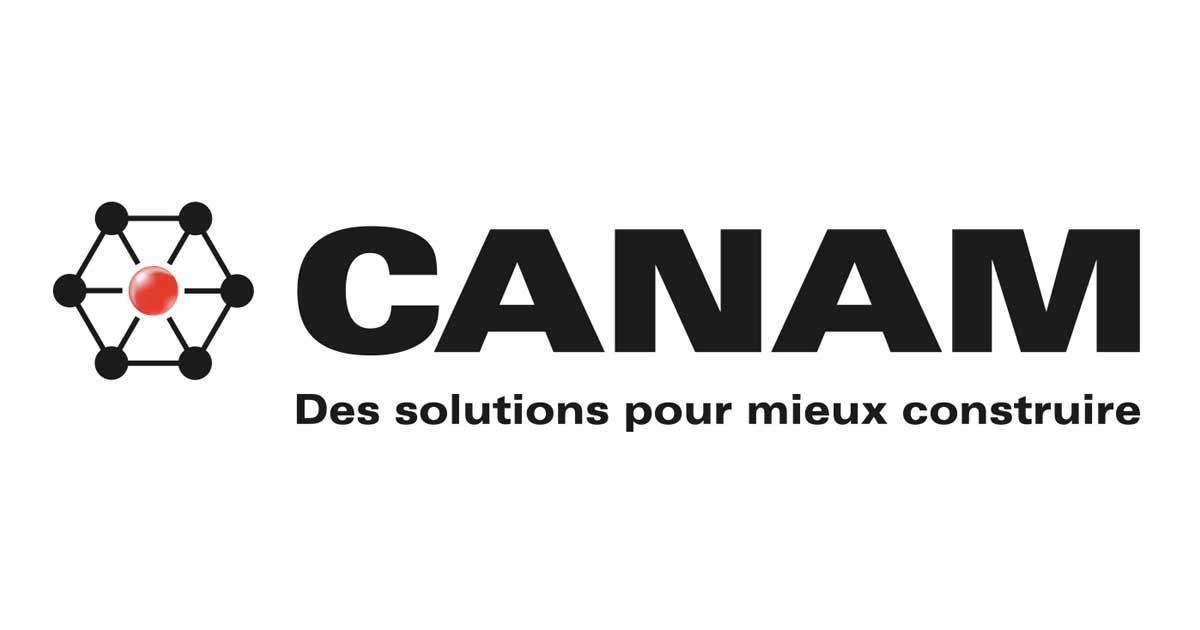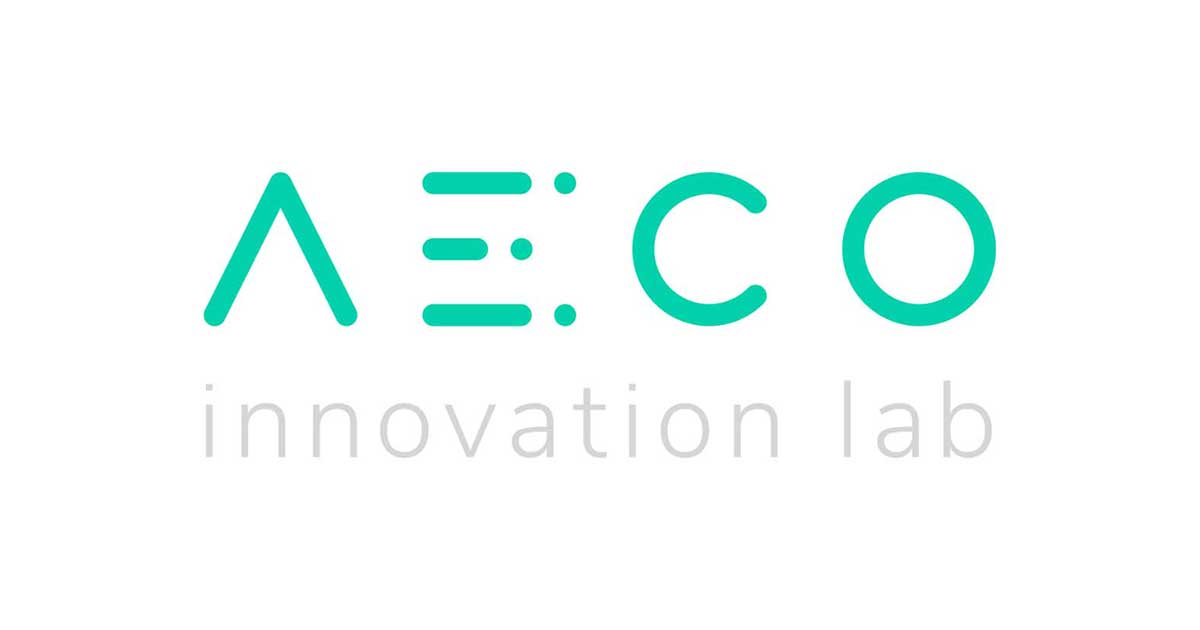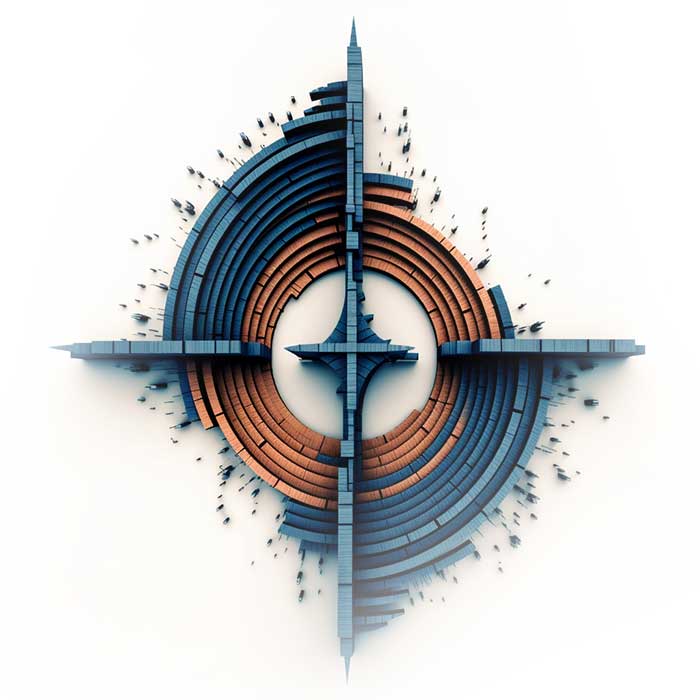Le GRIDD en chiffres
Au-delà des chiffres, une équipe dévouée à l’exploration des avancées technologiques dans l’industrie de l’architecture, de l’ingénierie et de la construction.
39
Projets de recherche
38
Étudiants impliqués
26
Articles publiés
11
Rapports publiés
Aperçu des nouvelles du GRIDD
Les activités les plus récentes du GRIDD sont présentées ci-bas :
Aperçu du contenu :
While the adoption of open Building Information Modeling (open BIM) standards continues to grow, the inherent complexity and multifaceted nature of the built asset lifecycle data present a critical bottleneck for effective information retrieval. To address this challenge, the research community has started to investigate advanced natural language-based search for building information models. However, the accelerated pace of advancements in deep learning-based natural language processing research has introduced a complex landscape for domain-specific applications, making it challenging to navigate through various design choices that accommodate an effective balance between prediction accuracy and the accompanying computational costs. This study focuses on the semantic tagging of user queries, which is a cardinal task for the identification and classification of references related to building entities and their specific descriptors. To foster adaptability across various applications and disciplines, a semantic annotation scheme is introduced that is firmly rooted in the Industry Foundation Classes (IFC) schema. By taking a comparative approach, we conducted a series of experiments to identify the strengths and weaknesses of traditional and emergent deep learning architectures for the task at hand. Our findings underscore the critical importance of domain-specific and context-dependent embedding learning for the effective extraction of building entities and their respective descriptions.
Domaines de recherche
Six domaines de recherche pour contribuer au développement de l’industrie de la construction.
Équipe de recherche
L’équipe de recherche du GRIDD se compose principalement de quatre professeur•es. Découvrez leur expertise en parcourant leurs profils respectifs, et n’hésitez pas à les contacter !
Adresse de nos locaux
Le laboratoire du GRIDD se situe dans le local A-1540 à l’École de technologie supérieure (ÉTS). Si vous souhaitez entrer en contact avec le laboratoire, n’hésitez pas à nous contacter !

